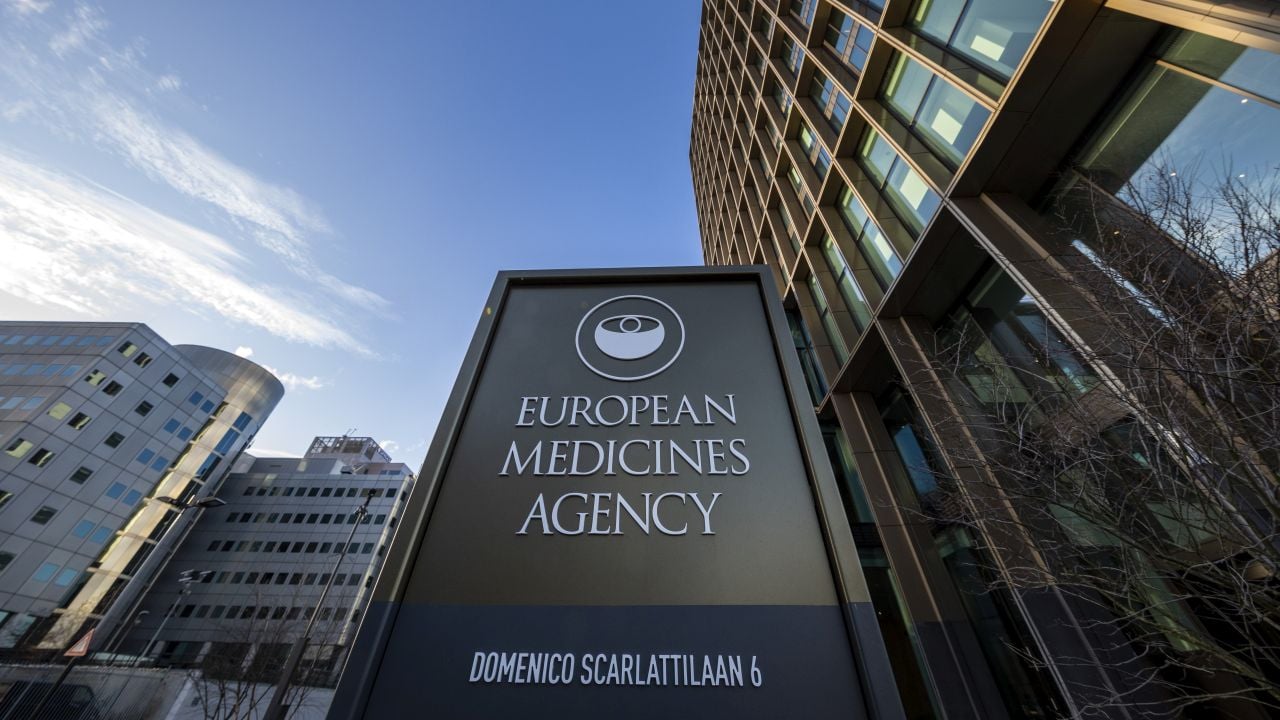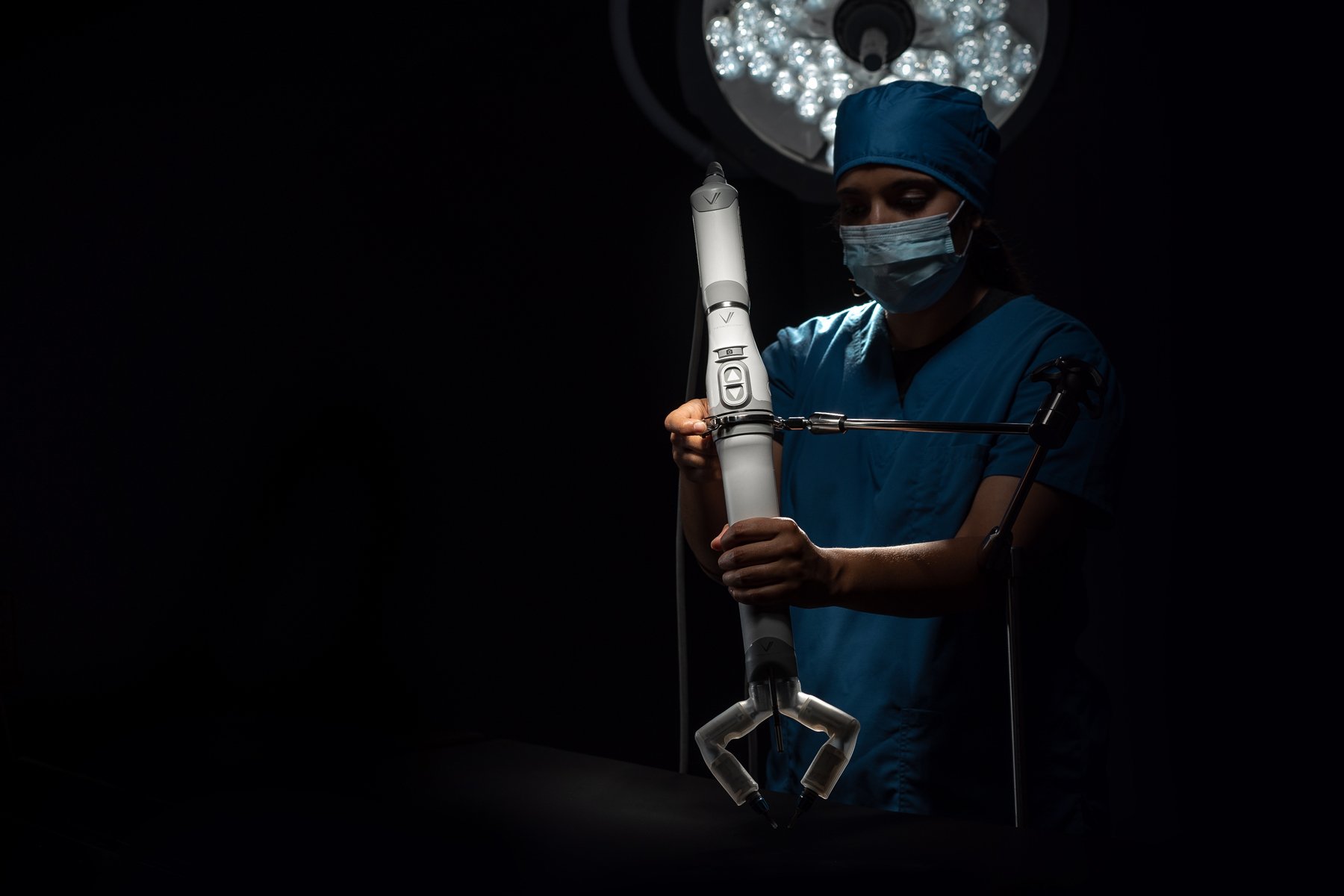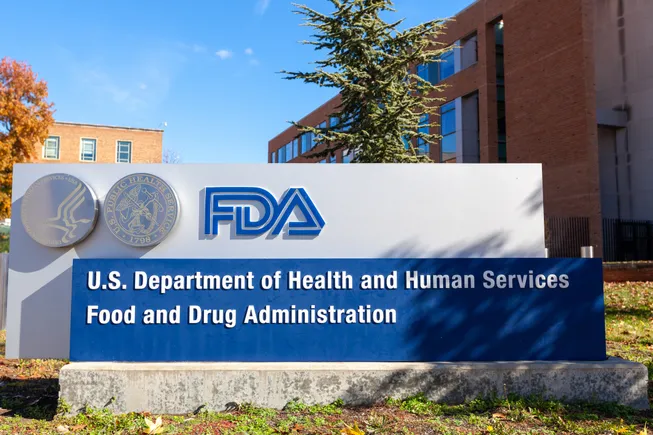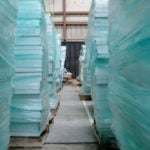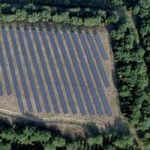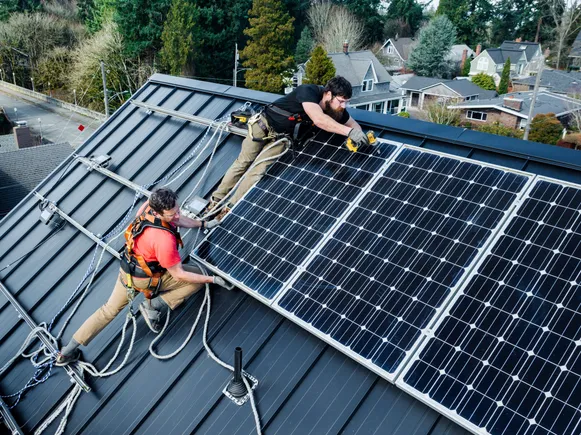Construction of Multilayered Biomimetic Blood Vesselwith BiphasicCellular System Viapre‐StressedBioprinting
Advanced Healthcare Materials, EarlyView.

Biomimetic blood vessels constructed in vitro via pre-stressed bioprinting, rotary coating, and inoculation, effectively integrate vascular architecture, the spatial distribution, and the arrangement of multi-type cells. The biomimetic vessel possesses functionalities such as substance exchange, secretion, and suture-able properties. This biomimetic vessel holds promise for future clinical applications in replacing diseased vessels.
Abstract
Blood vessels are distributed throughout all tissues/organs in the human body, serving as a prerequisite for their survival. Vascular stenosis and rupture caused by disease, trauma, or congenital factors often lead to ischemic necrosis of tissues/organs, which can be life-threatening in severe cases. Engineered biomimetic blood vessels are extensively studied as potential replacements for diseased vessels. However, current research has not yet perfectly integrated vascular structure, spatial distribution, and the arrangement of multi-type cells. Herein, pre-stressed bioprinting is employed to shape a biomimetic vessel, where aligned hydrogel microfibers induced the circumferential arrangement of vascular smooth muscle cells (VSMCs), simulating the muscle alignment of native blood vessels. While, the endothelial layer and adventitia adhered closely to the muscle layer, with endothelial cells specifically expressing CD31 and secreting vascular endothelial growth factor A (VEGFA). More importantly, this biomimetic vessel possesses functions of native blood vessels, particularly in terms of material exchange capability, the ability to withstand physiological blood pressure, and suturability. During the implantation into the abdominal aorta of rabbits, the biomimetic vessel achieves revascularization. In summary, this work provides a novel approach for constructing engineered biomimetic vessels, holding significant promise for the clinical treatment of vascular-related diseases in the future.
























































